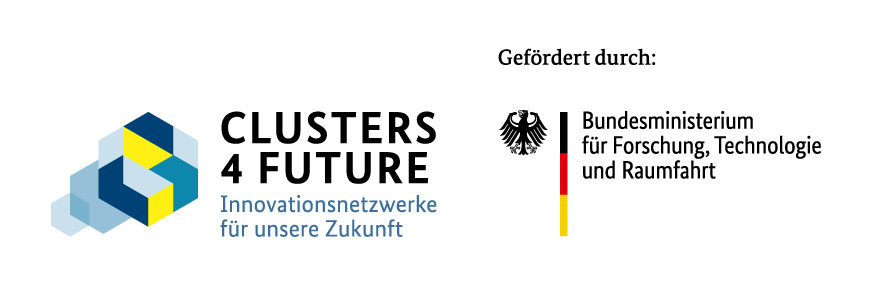We have developed and tested an innovative assessment procedure that can be used to evaluate the impact of transport infrastructure projects. This serves as a basis for information and decision-making. Our aim was to combine measures in such a way that accessibility in an urban region remains guaranteed and that settlement structures are developed specifically along public transport axes. At the same time, however, emissions and energy consumption must be reduced with as little investment as possible. Our method evaluates packages of measures in terms of their contribution to objectives in an urban region and their cost-effectiveness.
We have developed a new evaluation process, defined indicators and calculation rules and developed tools for modeling the effects.
Previous evaluation methods do not measure the effects of individual infrastructure projects in combination with accompanying measures. However, transport research has long shown that a combination of improvements in public transport and restrictions in road traffic (push and pull) as well as coordinated, public transport-oriented urban development achieves the best effects. We have developed approaches to operationalize this in evaluation procedures. In future, the results can help to select and prioritize packages of measures for a mobility transition.
Want to shape the future of mobility with us?
Then please get in touch with us.
